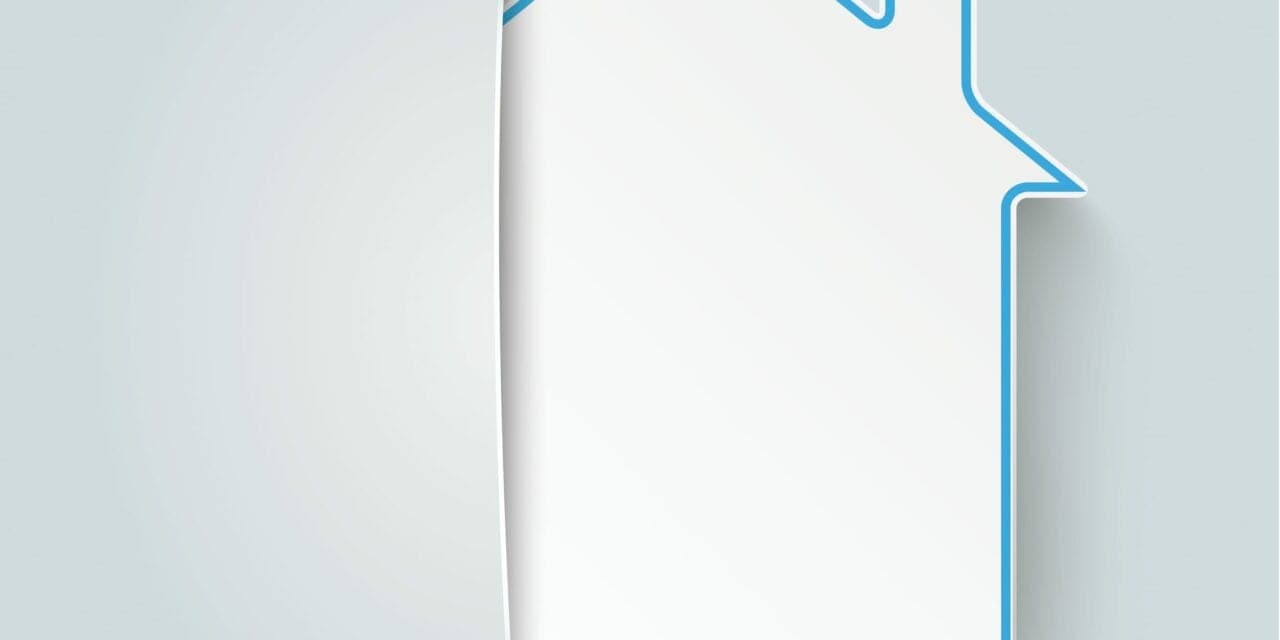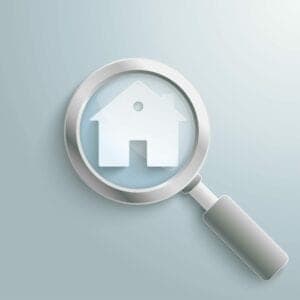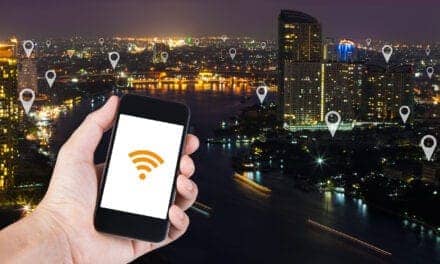While parceling out functions to one or more outside providers can facilitate growth, insourcing other elements of a home sleep testing workflow provides control.
By Yoona Ha
When Arun Ramabadran owned a sleep center, the tasks he wanted his team to spend less time on became increasingly clear.
“Imagine having a 10,000-foot view of every patient in your sleep center, what status they’re in, how many times your staff have interacted with them, authorization status,” Ramabadran says. Tracking and managing patients in house, including having staff send appointment reminders and messages, he realized, was not a great use of their time.
Now Ramabadran focuses on creating solutions to help sleep centers offload responsibilities like this. “Automating these tasks means that there’s no human intervention required for a task like obtaining an authorization from another provider or texting a patient a reminder for their visit,” he says. His solutions, under the umbrella of REMware Inc, include REMmanager software, which has a durable medical equipment module that sleep centers can use to monitor and manage patients with home sleep tests (HST), manage the logistics of inventory, and handle billing and insurance claims as well as other day-to-day tasks.
“We’re seeing a lot of providers looking for diagnostic tools like HSTs that patients want to do from the comfort of their homes,” Ramabadran says. “Once providers have a handle on the workflow of HSTs, they can do a better job of evaluating where their resources are best spent.”
Nowadays, outsourcing isn’t an either-or proposition for sleep centers. Home sleep testing technologies and business models have evolved, making it possible for sleep disorders centers and private practices to offload specific work to save money or create more bandwidth in house, while insourcing other elements so the core team can retain control.
In The Evolving Sleep Center: A COVID-19 Survey Analysis, an e-book published by artificial intelligence-powered diagnostics company EnsoData about the experiences of 48 sleep professionals in the fall of 2020, 48% of survey-takers reported an increase in HST volume during the COVID-19 pandemic.1 “COVID-19 has compressed preexisting trends like the rise of home sleep testing to a shorter timeframe in that now we’re seeing a bulk of patient care happen in a home setting,” says Chris Fernandez, CEO of EnsoData. “The pandemic has flipped the sleep industry on its head.”
The ebook states, “While many sleep centers offer in-clinic testing only, those who offer the choice of curbside and/or drop ship, in addition to in-clinic testing are seeing success. In our pool, all groups that offer drop ship also offer some sort of direct, in-person option, likely driven by patient preference or the difficulties in drop ship only approach.” Drop ship was leveraged in 27% of those surveyed (split 17% with telehealth and 10% with online guidance).1
[RELATED: Home Sleep Testing (HST) Services Comparison Guide]
3 Key Principles
University of Maryland School of Medicine associate professor Emerson Wickwire, PhD, a former sleep center program director, offers 3 principles for making sound decisions on what aspects of HST to insource versus outsource. All these hinge on factors that are specific to your practice, like available resources and the overall context of HST program goals.
- Reflect on the demand for home sleep testing. Does your patient population want HST? Will there be opportunities to scale your business to include more customers? These are all questions to consider as you identify demand in your market.
- Reflect on how your business will support HST. Incorporating home sleep testing as a service into your practice is an investment. Getting clear on whether your practice wants to offer home sleep testing during the pandemic or maintain this service on a continuing basis can help guide your HST management strategy.
- Inventory your resources to determine cost effectiveness. A deep dive into your practice’s resources, staff skill and core business functions, and their profitability is key.
[RELATED: Home Sleep Testing: Should You Run an In-House Program or Outsource It?]
Options Abound
For some sleep professionals, taking their business to the next level means letting another company handle everything logistical when it comes to home sleep testing.
Itamar Medical is one of many players in the HST services business, and it has two offerings (WatchPAT Direct and WatchPAT Turnkey) that offer different levels of outside support versus in-house control.
The WatchPAT Direct program is a fit for sleep centers that would prefer offshoring the logistics of an HST program including device preparation and patient training. WatchPAT Turnkey is a more comprehensive software that streamlines the process from getting a patient diagnosed to therapy, in which all that participating centers do is order the HST for their patients. Itamar Medical’s offerings include the option of fully disposable HSTs, which can also speed turnaround time.
“WatchPAT ONE mitigates infection risk with its fully disposable design that doesn’t compromise diagnostic accuracy and pairs with an app that transmits sleep data for interpretation as soon as the study is complete—these features generated a huge demand,” says Shane Brown, Itamar’s US president. And as far as post-pandemic outlooks go, Brown isn’t worried that the appetite for customizable sleep center operations solutions will go away anytime soon.
CleveMed CEO Hani Kayyali doesn’t think the myriad home testing solutions will go away post-pandemic either, but he does think the post-pandemic sleep testing landscape will likely look different than what preceded it. Kayyali says, “[Obstructive sleep apnea] testing post-COVID will experience a new normal of a stronger tug-of-war between national HSAT [home sleep apnea testing] providers that want to take over the entire HSAT process, and health systems/sleep centers that want to retain patient care and revenue.
“I believe the only way for healthcare organizations to compete effectively is by adding mail-order logistics to their operations. Patient pickup of supplies from the facility may be sufficient for small HSAT volume but become quickly unmanageable for larger patient demand, which will continue for years to come.”
To respond to ballooning patient demand, CleveMed has made key updates to its business including offering volume discounts, expanding shipment flexibility that gets tracked packages faster to patients, and ramped up production of its monitor and sensor inventory.
Watermark’s Direct to Patient HST Service Solution also gives providers an alternative to managing and dispensing HST out of their clinic or office. The company takes care of coordinating and administering the test directly to the patient, while the providers order the study and review the results.
“There’s a growing expectation that you must offer alternative solutions that are patient-centric, and COVID-19 accelerated this need for us,” says Jack Fiedor, president and chief financial officer of Watermark Medical. “We’ve been in the HST business for a long time but our focus has remained on adapting to changing influences and behaviors and delivering reliable solutions to the market.”
The abundance of outsourcing options means your staff can focus on its strengths, and for companies that don’t have the means to hire specialists for every task, outsourcing can allow centers to gain vast resources for a small price. As the world moves towards self-service, the sleep diagnostics industry is grappling with an increased reliance on technology and information.
Can your business outsource its way to success? A good look at your business can help you identify higher value activities and whether outsourcing much of the rest makes sense for your sustainability and growth.
Yoona Ha is a freelance writer and healthcare public relations professional.
Reference
- The evolving sleep center: a COVID-19 survey analysis. EnsoData. 2021. Available at https://www.ensodata.com/white-papers/covid-19-survey-analysis-and-the-evolving-sleep-center.
Illustrations © Alexander Limbach – Dreamstime.com





